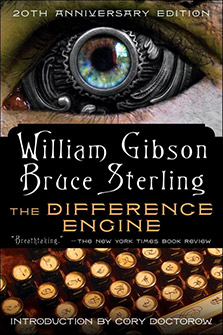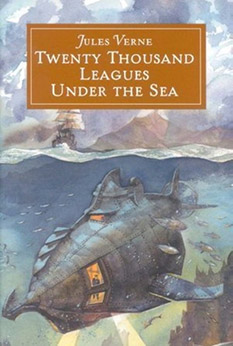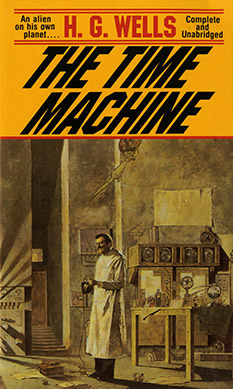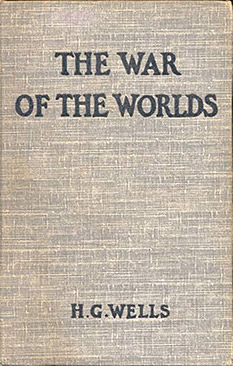The Difference Engine: The Book That Started It All 
Despite the influences that Jules Verne and H.G. Wells had on the steampunk movement, there is one book that is often cited for kicking off the entire movement: The Difference Engine. Written by William Gibson and Bruce Sterling and published in 1990, the book imagines a world where nineteenth-century British inventor Charles Babbage not just outlined the concept of a computer but created one, spurring rapid technological development, changing the nature of Britain’s politics overnight, and changing the world not necessarily for the better.
1855: The Industrial Revolution is in full swing, powered by steam-driven cybernetic Engines. Charles Babbage perfects his Analytical Engine, and the computer age arrives a century ahead of its time. Three extraordinary characters race toward a rendezvous with the future: Sybil Gerard—fallen woman, politician’s tart, daughter of a Luddite agitator; Edward “Leviathan” Mallory—explorer and paleontologist; Laurence Oliphant—diplomat, mystic, and spy. Their adventure begins with the discovery of a box of punched Engine cards of unknown origin and purpose. Cards someone wants badly enough to kill for.



